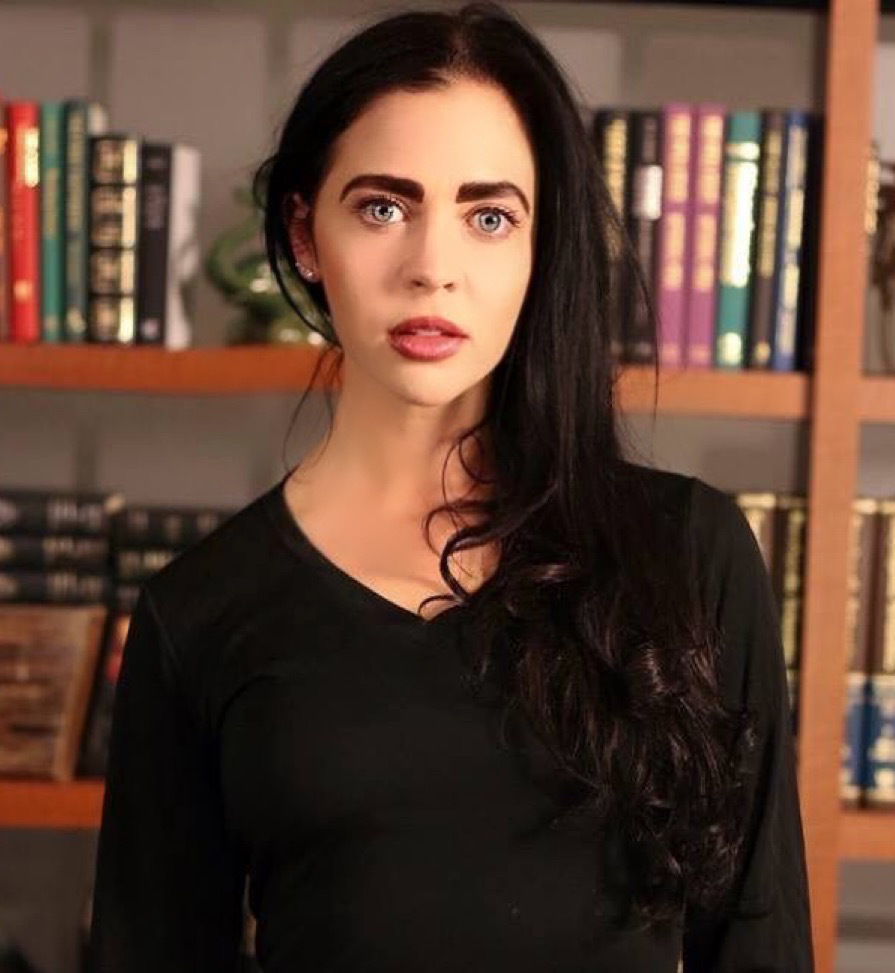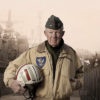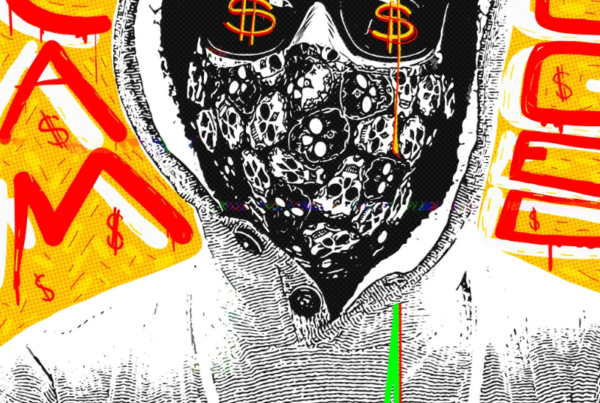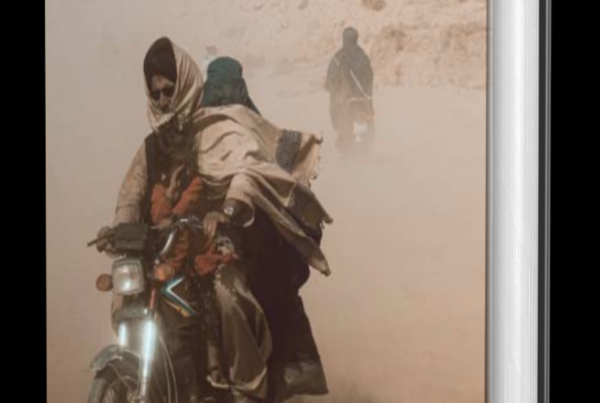Charlie Plumb has lived a life of torture and tragedy, yet the retired airman and six-year prisoner of war (POW) still believes he is the luckiest man.
Plumb grew up on a farm in Kansas during the Second World War. He was enamored by the notion of flying warplanes through hostile airspace. Despite his family’s poor economic status and not even having running water until age 7, the budding pilot views his childhood as rich in empathy and love.
“My parents couldn’t afford college, so I got a scholarship to the Naval Academy,” he tells me. “Within two days, I was on a Greyhound bus and pledging to defend the Constitution of the United States of America against all enemies.”
Even before he deployed to Vietnam, Plumb was stirring his rebellious side. As a navy cadet, Plumb was trained by late Arizona senator John McCain to fly as an interceptor pilot, but when he reported to Miramar Naval Air Station in San Diego to fly the Phantom-F4 ll, a six-month waiting list was in place.
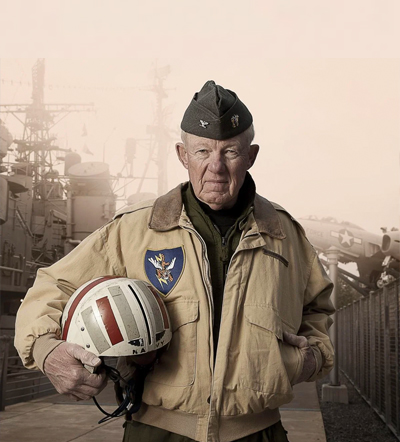
Even so, that dissent, that going against the grain, led to the development of the storied Navy Fighter Weapons School, better known as the TOP GUN school after the 1986 Tom Cruise blockbuster. Again, it was Plumb’s non-conventional fighter tactics that dramatically improved the kill ratio in the steamy war zone of Vietnam, when U.S. troops were being killed in alarming numbers.
“TOP GUN started by accident. My buddy and I were wandering down the pipeline and saw they had F-9s, which we had already flown during training. These were the Korean War airplanes, and they were slow and not supersonic at all. But they were designed for a dogfight,” he explains. “So, my buddy and I would save a little gas at the end of each flight and work our way up the coast of San Diego for the F-4 Phantoms to come by.”
The Phantom was designed for the new Cold War, with a mission to take off from a carrier at high altitudes and “shoot down the Russian bombers” before they could be seen. There was a notice posted one day on the bulletin board that Plumb and his fellow fighter pilot were to report to the commanding officer immediately.
Lingering at the door in his dank aviator suit, Plumb was “pretty sure (he) was toast” until the commander peered up from steely eyeglass readers and wanted to learn more about their tactics and how they could be used in combating the “pesky MiGs” 8,200 miles away.
“He asked us if we wanted to go out again tomorrow and fight them, and that is how the whole TOP GUN school began,” Plumb continues. “I wasn’t even called a fighter pilot; I was called an interceptor pilot. The whole idea of the TOP GUN school was to teach these interceptors to fight. So, for the next six months, we would show up with an airplane with a thick wing, a lot like the MiGs we were fighting in Vietnam. It was glorious.”
It wasn’t until after the movie’s release that the school received its nickname. But the underlying theme remained the same: bringing in top experts to train pilots and officers to engage enemy targets effectively and reduce the number of American casualties.
“It took ten miles to turn the F-4 around. The F-9 can turn in half a mile. So, once we figured out how to fight with it, we turned it around,” Plumb recounts. “Before it was fifteen to one, them killing us, and we turned it around to ten to one killing them. So, the TOP GUN approach really worked.”
Even so, his eye for innovation wasn’t enough to prevent his own plane from being struck when he finally deployed to Vietnam months later. Under his code name “Plumber,” Plumb made more than 100 successful carrier landings and flew 74 triumphant missions throughout the Vietnam War. But on his 75th mission on May 19, 1967—five days before he was to return home—the then-24-year-old was shot down by a surface-to-air missile over Hanoi.
“I had a 90-second transition from the skies to the earth,” Plumb said as he remembered how he prayed for his wife as he tumbled toward earth.
At the same time, he tore off his radio antenna and shredded his book of flight names and schedules so that the enemy could not call for support and cause further damage. He hit a rice paddy, and bullets whizzed past his ears.
“I was immediately swarmed by about 20 to 30 peasant farmers with machetes and hoses and rakes,” he says slowly, reflecting on the moment as if it were yesterday. “They cut my flight gear off me until I was naked, and I was eventually hauled into an 8-by-8-foot prison cell. That was going to be home for a while.”
In a North Vietnamese prisoner of war camp, Plumb spent the next 2,103 days fighting for life. His existence had been reduced to routine torture, compounded by mosquitoes and machetes that were always in his vicinity. But he refused to succumb or let his mind become a moral minefield. In the hot and scented jungle overgrown with thickets and mystery, he became somewhat of a motivational wellspring to his comrades whose bodies were wasting away beside his.
“They (his Vietnamese captors) would not give us books to read or a television or a radio. So we were just made to sit there and contemplate our sins against the Republic of Vietnam,” Plumb remembers. “Just being alone with yourself, with nothing to do, was a big-time change.”
As Plumb’s captivity continued in the swelter of the Vietnamese jungle, it was not the four military survival schools he attended before his deployment, including SERE (survival, evasion, resistance, and escape), that propelled him through those deeply disorienting days. It was the values his parents had instilled in him.
“The schools were based on World War II prison camps and were useless. You always knew by Saturday morning you would be home with the family with milk and cookies,” Plumb surmises. “But my earliest training came from my mother. She was a religious person and taught me a lot about forgiveness. And my dad was a World War II guy, and he taught me a lot about discipline. Those two things together—to stop blaming others for my situation and to take control of my thoughts—did more than any survival school.”
Throughout his years of imprisonment, Plumb endured the sting of insect bites, starvation, the cracking of his bones while confined in the fetal position, constant physical punishment, and the psychological suffering resulting from hearing his fellow Americans scream as their flesh was whipped black and blue and within an inch of their lives.
Plumb and his comrades were saved from madness by seemingly insignificant moments, moral victories, and camaraderie. The only way the POWs survived was by taking each moment as it came, mentally putting one foot in front of the other, and upholding their patriotism and oath to the red, white, and blue.
“We were making little flags out of rags, saluting the flag, and saying the Pledge. We never questioned why we were there,” Plumb says.
Having vowed over and over that “return with honor” was his one goal, he developed something of a captivity routine, aided when a stray bullet from an air raid sliced through his cell ceiling and left a three-inch hole in his windowless chamber, triggering a thin beam of light that gave him a sense of time.
“I had a clock to indicate if it was night or day, and I could pretty much tell the changing of the seasons by the angle of the sun,” Plumb explains.
He played pivotal moments of his life like a movie in his mind, sifting through memories from time spent in his grandmother’s arms as a small boy to the books he read and cherished, to reminiscing on every girl he had ever dated, and then finally cementing a mental map of the simple, beautiful life he would lead when finally released from confinement.
“I planned where I would live and the children I would have and my wish to go on flying and maybe make admiral someday. And then I thought up other plans just in case my wife had different visions of what she wanted,” Plumb says. “When you have nothing else to think about, you get very creative. We would devise codes that represented the different letters of the alphabet or abbreviations. Someone chopping wood would become chatter for us. This language became our lifeblood.”
His favorite Morse code rallying cry?
“Keep the faith, baby,” Plumb says with a smile.
Then, in February 1973, as part of a diplomatic agreement between Washington and Saigon known as “Operation Homecoming,” Plumb and the other prisoners were released. The first sign that something had shifted came a few days earlier when guards came in and silently traced the POWs’ bare feet on wrapping paper.
“We never had shoes, and the rumor was that they would make shoes for us,” Plumb says. “And they brought us this little bag with shoes and trousers. I had not seen a zipper in more than six years.”
The 79-year-old Plumb considers himself unfailingly blessed. More than 58,000 Americans and some three million Vietnamese lost their lives during the 14-year Vietnam War. More than 2,600 U.S.-allied soldiers were held captive during the conflict, and over 1,500 remain unaccounted for somewhere in the vast seas or twisted jungles of the region.
“My message for anyone in such a situation is that you have options—regardless of your surroundings—if you have self-discipline. The options are in your control, the way you respond,” he explains. “You are winning until you quit.”
Plumb returned home to learn that his wife, assuming he was dead, had moved on. In spite of a fractured life, he continued to fly A-4 Skyhawks, F/A-18 Hornets, and A-7 Corsairs in the Navy Reserve. He also received two Purple Hearts, a Silver Star, a Bronze Star, a Legion of Merit, and the Prisoner of War Medal. Prior to his retirement after more than 30 years, Plumb also ascended to the rank of captain in the Naval Reserve.
Located now in Southern California, Plumb treasures the little things – a warm shower, a breeze off the ocean – and would not exchange his experiences for anything.
“I am a religious guy, and I believe that there is a master plan. I believe God had a plan for all the things I have been through,” he adds. “And the upside of being able to inspire others and share my story with so many people far and wide—I believe that far outweighs the downside.”
